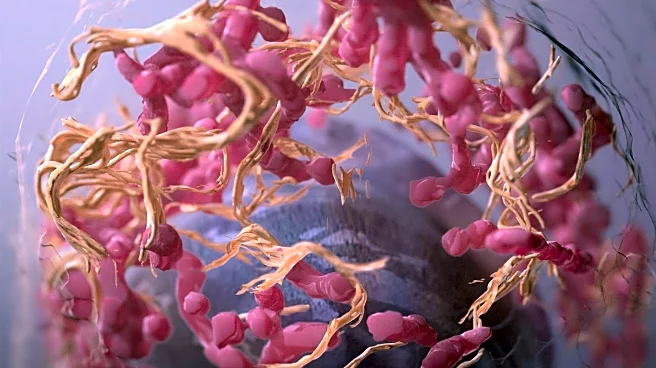What's Happening?
A systematic review and meta-analysis of preclinical studies on salvinorin A, a compound derived from the plant Salvia divinorum, has highlighted its potential therapeutic effects across various neurological and psychiatric disorders. The review included 82 studies, focusing on pain, cerebrovascular diseases, addiction, and depression. Salvinorin A demonstrated anti-addictive properties, particularly in cocaine addiction models, and showed neuroprotective effects in cerebrovascular disease models. However, its impact on depression was mixed, with some studies reporting antidepressant effects while others noted depressogenic outcomes. The compound's pharmacokinetic profile indicates rapid onset and fast peak concentrations, suggesting potential for quick therapeutic action.
Why It's Important?
The findings from these preclinical studies suggest that salvinorin A could be a valuable tool in developing treatments for complex neurological and psychiatric conditions. Its ability to modulate addiction-related behaviors and provide neuroprotection could lead to new therapeutic strategies, particularly in the context of the opioid crisis and increasing rates of cerebrovascular diseases. However, the mixed results in depression models highlight the need for further research to understand its mechanisms and optimize its use. The compound's rapid pharmacokinetics also offer potential advantages in clinical settings where quick symptom relief is crucial.
What's Next?
Further research is needed to explore the clinical applications of salvinorin A, particularly in human trials. Understanding its full pharmacological profile and potential side effects will be crucial for its development as a therapeutic agent. Researchers may focus on optimizing its analogues to enhance efficacy and reduce adverse effects. Additionally, exploring its impact on other neurological disorders could expand its therapeutic scope. Collaboration between neuroscientists, pharmacologists, and clinicians will be essential to translate these preclinical findings into viable treatments.










